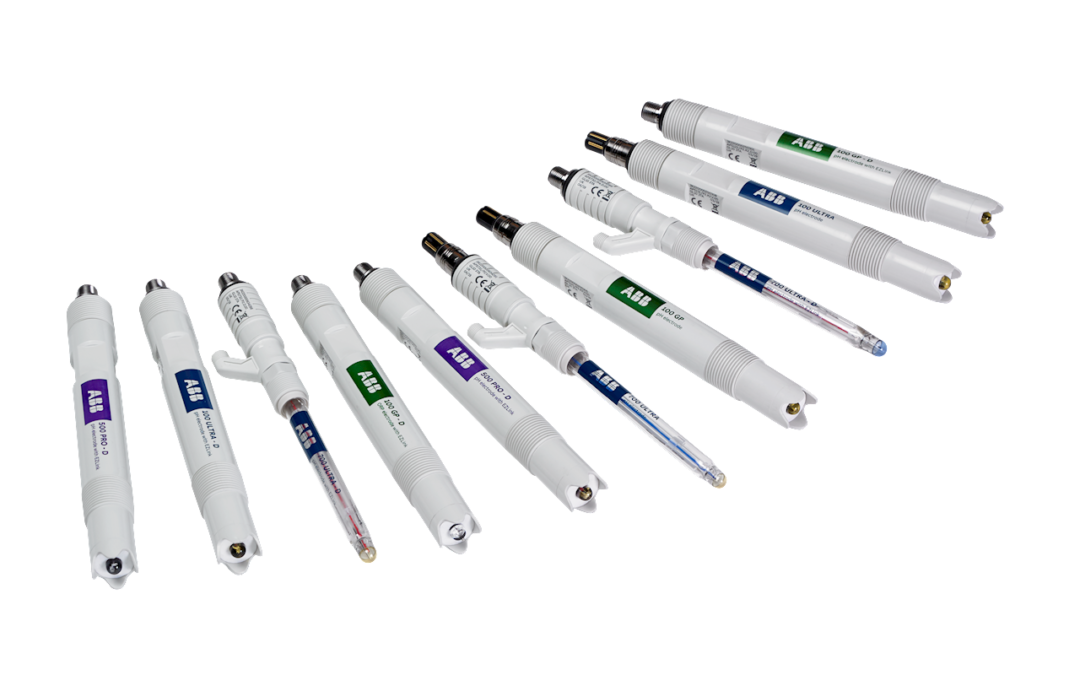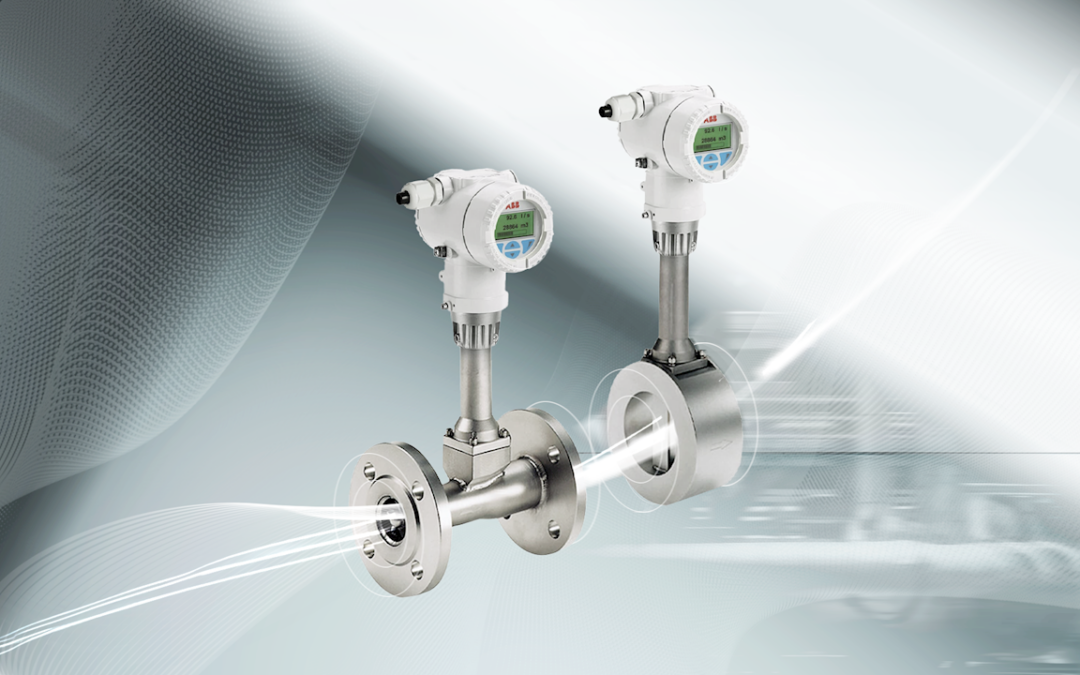Recommended Calibration Procedures:
1. Rinse the pH electrode thoroughly with de-ionised, water to remove all traces of the storage solution, process medium, or previous test/buffer solution, to reduce the risk of carry-over contamination of the pH buffer test solution.
2. Insert the pH electrode in pH 7 buffer solution and momentarily stir, using the pH electrode. Allow a minimum of 30 seconds for the pH electrode to thermally equilibrate with the pH buffer solution before taking a reading. The pH reading should be pH 7.0 ± 0.33 pH (+20mv) at 25 °C. Make any necessary adjustments to the pH meter using the buffer control on the pH meter (referring to the pH meter operating manual for full details).
3. Rinse the electrode with de-ionised water and insert the pH electrode in pH 4 buffer solution. Momentarily stir the solution using the pH electrode. Again, allow a minimum of 30 seconds for the pH electrode to thermally equilibrate with the pH buffer solution before taking a reading. Make any necessary adjustments to the pH meter using the “slope” control on the pH meter (referring to the pH meter operating manual for full details).
Notes:
1. pH electrodes rely on a “wet chemistry” system(s) to function and as a result, require calibration in order to operate as accurately and precisely as possible with its associated pH meter/transmitter.
2. Always use fresh pH buffer solutions, stored at ambient temperature for the best calibration results.
3. pH buffer solutions above pH 7 are less stable and have a very limited shelf-life, as these high pH buffers more readily absorb CO2 from the atmosphere and acidify; changing to a lower pH value as a result of this.
4. As a pH electrode ages, it will exhibit slower response times and will become less efficient in terms of its ability to span several pH units with the same repeatability. As a result, you may find the pH electrode can be buffered at pH 7, but you will not be able to slope the pH electrode to either pH 4, or 9, i.e., the pH electrode will “short span” and will need replacing.
Care and Maintenance:
1. When not in use, pH electrodes should be stores in 3.8 molar KCl (potassium chloride) solution, using an electrode storage bottle which is sized/fitted for the electrode’s outside diameter.
2. The pH electrode should be stored in an upright (vertical) position, so that the sensor bulb and porous junction are immersed in solution, and optimal, stable conditions are both cool and dark.
3. If necessary, clean the porous junction and bulb area thoroughly before using the electrode (see below), as soiling/improper cleaning, may produce drifting readings or slow response.
Cleaning the pH Electrode:
1. Initial cleaning: Wash the electrode in a warm, weak solution of liquid detergent and warm water: Use a small, soft bristle brush, or wet cloth to gently remove any light deposits if necessary. Follow this by thoroughly rinsing the electrode in D.I. or clean tap water.
2. Inorganic scale deposits: Dissolve the deposit by immersing the electrode bulb in a solution of dilute hydrochloric acid ([HCl] at ≤10 %) for a few minutes.
3. Organic Oil or Grease films: Wash the electrode in a warm, weak solution of liquid detergent and warm water: Use a small, soft bristle brush, or wet cloth to gently remove any light deposits if necessary. Follow this by soaking the pH electrode for between 10 and 30 minutes in a 3.8 molar KCl solution.
4. Plugged, or dry porous junction: Remove contaminate gently, using one of the above cleaning procedures, then soak the electrode in an 80 °C, 3.8 molar KCL solution for 30 minutes, before allowing the electrode to cool in the same solution. This will promote/restore flow of the internal electrolyte across the liquid junction.







